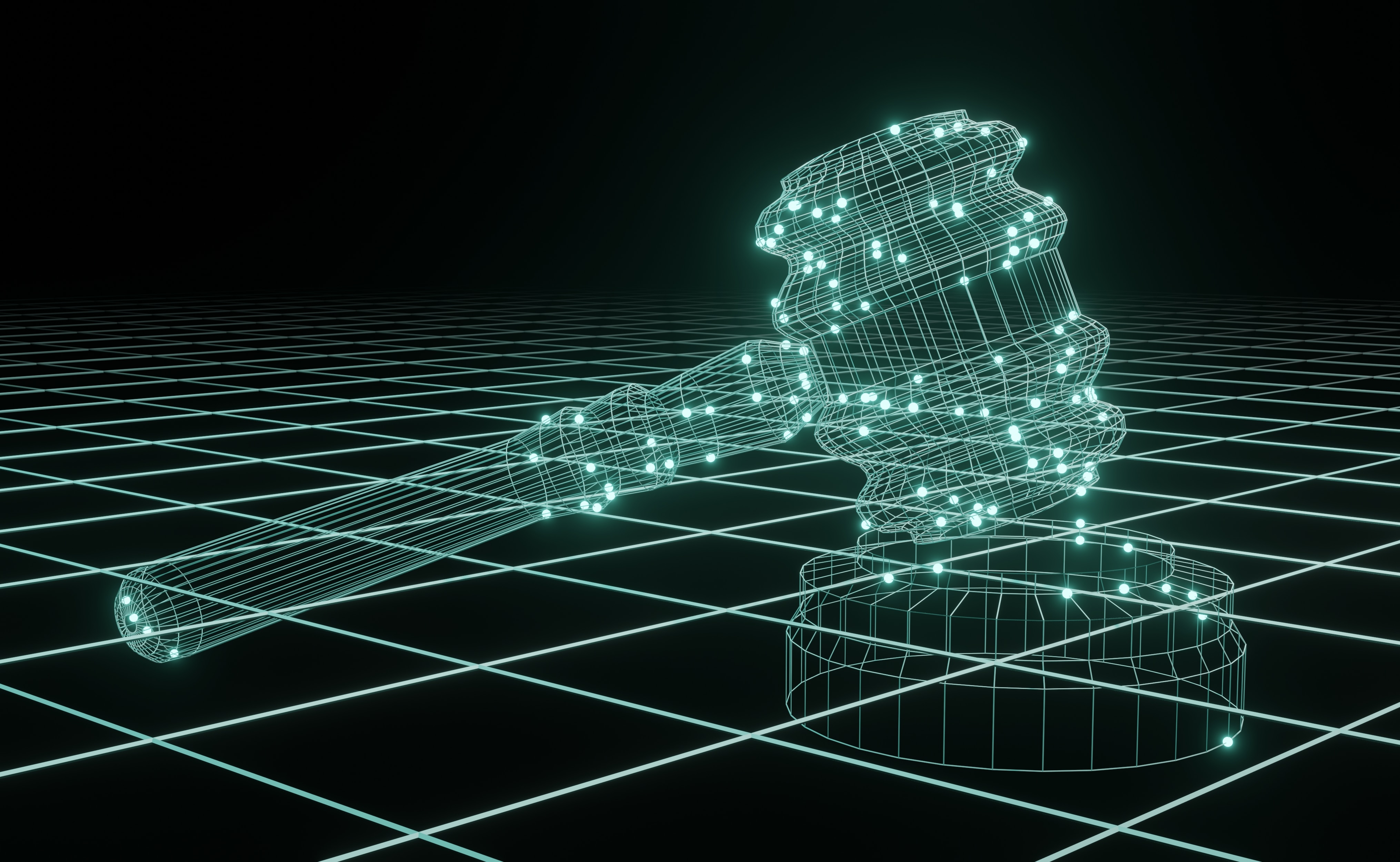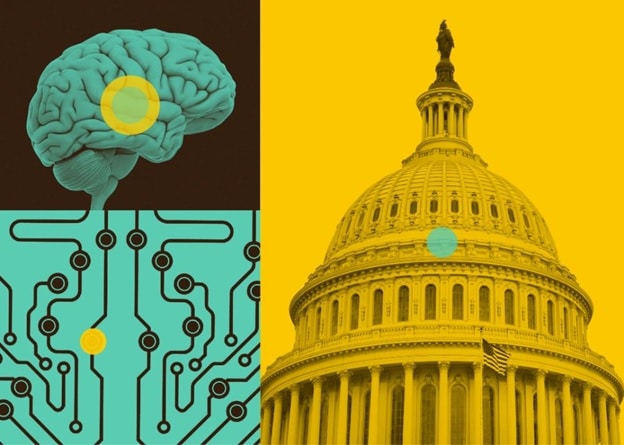In our increasingly digital world, even legal evidence often comes in the form of electronic communications. Whether the issue is a car accident or an e-crime, there will be an abundance of information for professionals to comb through. Digital evidence, like physical evidence, must be handled with care to ensure its efficacy during legal proceedings and criminal investigations.
Let’s take a closer look at some of the ways legal professionals use this type of evidence in modern legal processes and discuss how legal professionals can properly obtain, store and organize this information.
Evidence in today’s legal landscape
The legal landscape is evolving. Digital evidence plays a key role in understanding the facts of any case. As the prevalence of recording devices, cameras and electronic communications increases, so will the importance of this type of evidence.

What is digital evidence?
According to the National Institute of Justice, the definition of “digital evidence” is as follows:
“(I)nformation stored or transmitted in binary form that may be relied on in court.”
Investigators and attorneys can locate evidence on various electronic devices and platforms. Whether it’s a mobile phone, computer, another device connected to the internet or even a car, these devices record and store tons of information. In addition to looking at specific digital documents like e-mails or browser histories, law enforcement professionals can also conduct high-level computer forensics to examine data points like time stamps or location pings to help them build a case. Increasingly, this includes call logs and SMS message records that people’s vehicles keep track of. If a person is accused of causing a car accident, for instance, evidence that they were texting at the time could be stored in their device, their vehicle or both.
Digital evidence plays a critical role in criminal investigations, especially those involving e-crimes. However, in many civil cases, it can help prove liability or support a person’s defense.
What are the types of digital evidence?
There are many types of digital evidence, including the following:
- Emails
- Documents on hard drives
- Text or SMS messages
- Audio files
- Video files
- Electronic financial transactions
In today’s cases, these types of evidence often play pivotal roles. Transcripts of digital evidence are, therefore, one of the key tools that lawyers, investigators and others rely on when building and presenting their arguments.

The role of digital evidence in legal proceedings
Digital evidence can play a crucial role in many different kinds of legal proceedings. In criminal cases, it can shed light on a person’s motive, establish co-conspirators or document how money changed hands. Prison call logs may expose some of this information, as might other forms of communication. Police body or dashcam videos are another form of evidence that could be used in either criminal or civil cases.
In civil cases, this evidence can also support a whistleblower case, tax evasion, defamation and more. In the case of car accidents, recordings of calls to insurance companies often factor in, as these are some of the earliest reports from drivers regarding what transpired.

The challenges of dealing with digital evidence
While digital information can serve as compelling evidence in various cases, it can still present a unique set of challenges for investigators and legal professionals. Many of the challenges of digital evidence involve the relative difficulty of acquiring it in the first place. Cybercriminals, in particular, tend to be extremely tech-savvy and take great pains to minimize their digital footprint. However, many people are now tech-savvy enough to take steps that would limit investigator access to their data or recordings. Complex data encryption and storage methods can make it difficult for investigators to access digital evidence, and employing the wrong recovery methods can actually render the data unusable in court.
Additionally, digital evidence can present challenges because there is often so much of it that it’s difficult for investigators to evaluate everything. Also, anytime a legal professional wants to use this evidence to build a case, they need to make sure they have a reliable version. Creating a quality, secure and searchable transcript can save valuable time and resources in these scenarios.
Transcribing for evidence and legal investigations
One of the best ways to ensure the utility of digital evidence is to transcribe it into an easily accessible format. Digital audio and video recordings can be particularly cumbersome to store due to their relatively large file size. Furthermore, lengthy recordings do not always make for the most effective reference tools. Trying to pinpoint a particular moment in a 6-hour video deposition, for example, would prove extremely time-consuming for a member of a legal or investigative team.
Artificial intelligence has become an increasingly valuable tool across several different industries because it allows users to automate processes that once required hours of human labor. The role of AI in legal tech is no different. Legal professionals can use AI-powered transcription services to streamline their databases and keep better track of digital evidence. However, professionals must take steps to ensure the final transcripts are sufficiently accurate and accessible. That’s where Verbit comes in.

How Verbit streamlines digital evidence transcription
Verbit is a professional transcription provider that offers transcription technology solutions that are tailor-made for the legal sector. Verbit uses a dual approach to transcription that results in highly accurate final transcripts in a range of compatible file formats.
Legal professionals can easily upload recordings to Verbit’s secure platform, where highly advanced artificial intelligence software creates a first draft. From there, the initial transcript undergoes reviews and edits for accuracy by one of Verbit’s professionally trained human transcribers. This editing process helps to ensure the final transcript isn’t just accurate but optimized for use by legal professionals. Verbit offers a searchable transcription format that further streamlines the process of reviewing and referencing digital evidence transcripts.
The future of digital evidence: Combining technology and law
Nearly every industry has undergone a digital transformation within the last several years, and this trend will only continue. Advanced technology in law offers impressive value, including making it easier to get the most out of digital evidence in every case.
Verbit specializes in providing highly advanced, tech-based solutions for legal professionals looking to optimize their workflows and maximize the value of digital evidence. Verbit is constantly working to find new ways of making information more useful and accessible to all. Reach out to Verbit to learn more about our reliable legal transcription solutions.




